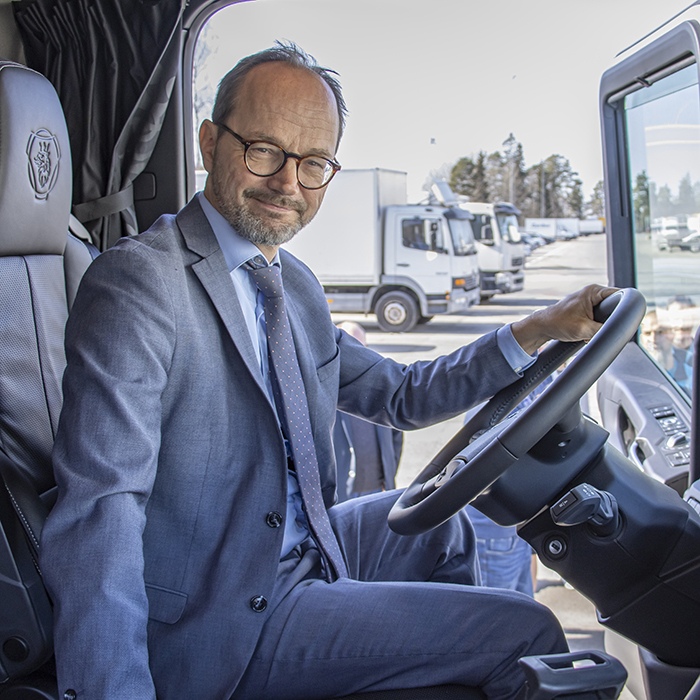Electrification of road transport is an important part of the transition to a Sweden free from emissions of greenhouse gases. Something that must be fulfilled in 2045. Therefore, Tempcon and its subsidiaries participate in various research projects at the same time as we were early adopters of electrified vehicles in daily operation. However, it is extensive work that must be done in many areas to reach the goal. According to a recent study by the global consulting firm Boston Consulting Group, as many as 3 million charging points and 600 hydrogen gas stations will be required, which they also see as an important part of the transition, until 2050. This compares with today’s 14 000 charging points. In order to speed up work on electrification, the government established a commission in 2020 which will finish its work this autumn.
The transport sector generates around a third of the total greenhouse gas emissions, and there road transport accounts for as much as just over 90 percent of the emissions. Its must now down to zero. In order to speed up the changeover and create the best conditions, the government appointed an electrification commission with the task of speeding up work on, among other things, electrifying heavy road transport. The commission was appointed in 2020 with a mandate of two years.
– The Electrification Commission’s mission is to speed up the electrification of the transport sector and, among other things, identify measures that various actors can take, says Anna Ullström, head of office for the Electrification Commission’s office at the Ministry of Infrastructure. The Electrification Commission’s various initiatives such as electrification pledges and the action plan Electric transport on road involve commitments from many actors in society.
– We now also see a growing interest in the electrification of regional freight transport by truck around the country, continues Ullström. A clear example is that the Energy Agency received almost 150 applications for regional electrification pilots from all counties.
The Electrification Commission has an advisory function for the government and has, among other things, contributed to the national electrification strategy. Now the focus is on implementing the electrification strategy and creating forms for more proactive planning, also at municipal and regional level.
– The municipalities have an important role in the work to enable electrification, not least when it comes to questions about planning how land is used. The work to implement the electrification strategy also includes developing electricity network, energy and community planning at regional and municipal level for powerful electrification, says Ullström. Municipalities are also often owners of real estate companies as well as ports and energy companies. Many municipalities have worked actively with questions about charging infrastructure and have good solutions that they can share with others, which is very positive.
Together with regions, county administrations and business, the government presented during the year 18 electrification promises with concrete commitments to speed up the electrification of regional freight transport. Take part in the promises here in Swedish.
In the picture, we see infrastructure minister Thomas Eneroth trying out Tempcon subsidiary Tommy Nordbergh’s latest electric truck during a visit earlier this year to Tempcon Stockholm. The picture comes from the Government Offices/Niklas Forsström.
